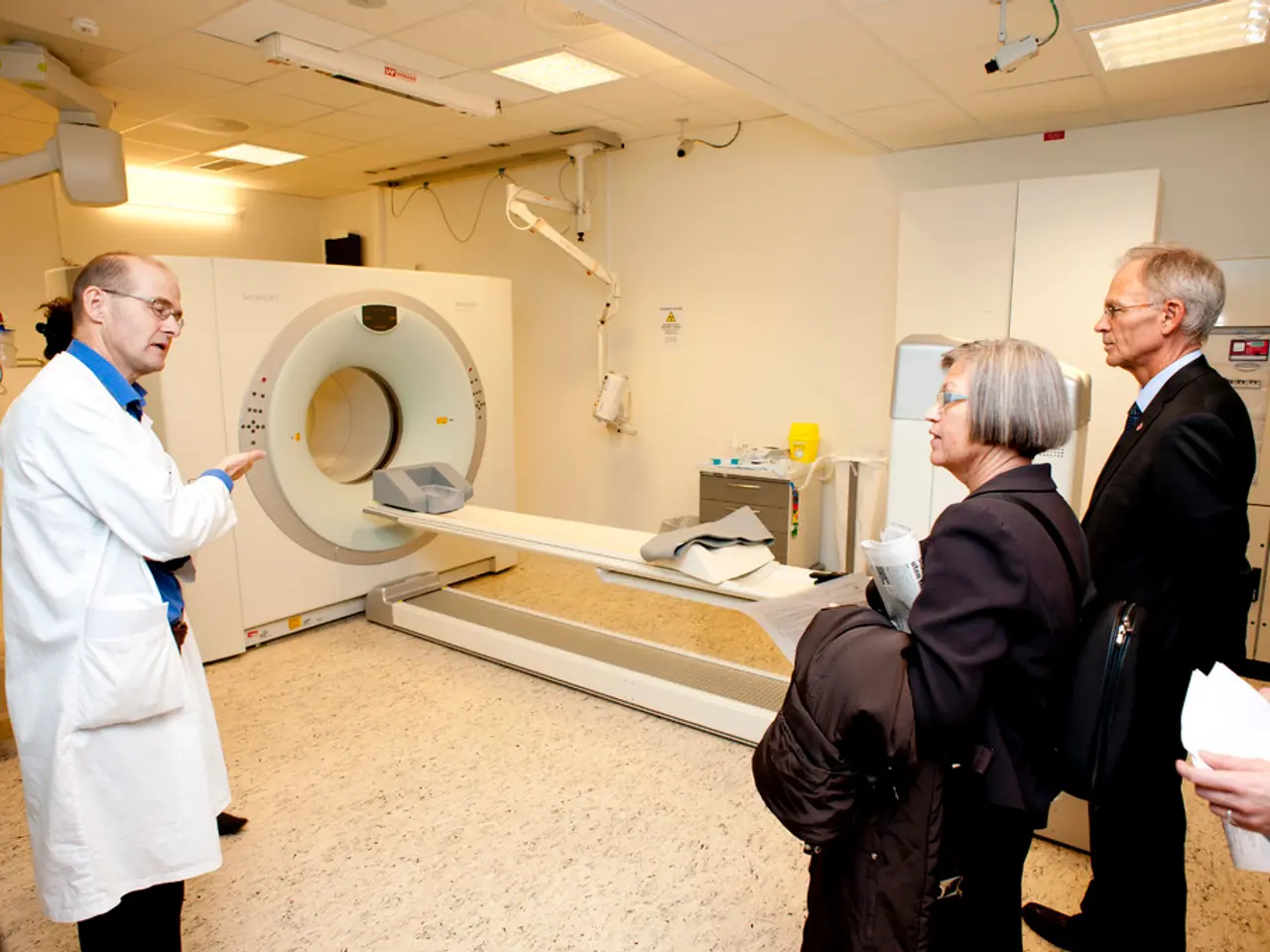Sun Photography Safety Guide: Insights from an Expert
Photographing the Sun, with its dynamic structures on the photosphere and lower atmosphere, requires special equipment to ensure both safety and high-quality results. This article outlines the essential equipment, safety precautions, and techniques for capturing stunning solar details.
Essential Equipment for Solar Photography
Solar photography necessitates certified solar filters, telescopes, mounts, cameras, and accessories to ensure a safe and successful experience.
Solar Filters
Always use solar filters designed specifically for photography. Options include white-light filters for sunspots and solar granulation, hydrogen-alpha (H-alpha) filters for prominences and chromospheric detail, and calcium-K (Ca K) filters for unique views of the Sun’s lower atmosphere[1][5]. Never use standard photographic ND filters—these are not safe for solar observation unless explicitly certified for the purpose[5].
Telescopes
Dedicated solar telescopes (like those with built-in H-alpha filters) are ideal, but standard telescopes can be adapted with appropriate filters. A small refractor mounted on a driven equatorial mount is recommended for stability and tracking[1].
Mounts
An equatorial mount is preferred because it tracks the Sun’s motion, allowing for longer, stable exposures[1].
Cameras
DSLRs work well for white-light imaging, while high-frame-rate, monochrome astronomy cameras (preferably cooled) are superior for narrowband (H-alpha, Ca K) imaging, as they allow for high-resolution video and image stacking[1]. Astrophotography cameras with cooled sensors further reduce noise in long exposures[3].
Accessories
Use a remote shutter release or self-timer to minimize camera shake, and consider a Herschel wedge for safe projection imaging with certain refractors[1].
Safety Precautions
Never look directly at the Sun through a camera, telescope, or optical device without proper solar filtration. Always verify that all filters and equipment are certified for solar use. Eye damage can occur instantly and is irreversible[5].
Techniques for Capturing Solar Details
- High-Resolution Imaging: Attach your camera directly to a filtered telescope or use a specialized eyepiece camera. For the sharpest images, use a high-frame-rate camera to capture video sequences, then stack the best frames in software like RegiStax to reduce atmospheric distortion[1].
- Exposure Settings: Set ISO high enough to avoid noise but not so high that it saturates the image. Adjust shutter speed and aperture to achieve proper exposure—test different settings as conditions and equipment vary[2].
- Focusing: Achieving fine focus is critical. Use live view magnification or bahtinov masks if available.
- Image Processing: Stack multiple frames to enhance detail and reduce noise. Post-processing can bring out granulation, sunspots, and prominences.
Summary Table
| Feature | White-Light Imaging | H-alpha/Ca-K Imaging | |------------------------|---------------------------|------------------------------| | Main Subject | Sunspots, granulation | Prominences, chromosphere | | Filter Type | White-light solar filter | H-alpha or Ca-K filter | | Camera Type | DSLR, astronomy camera | High-frame-rate mono camera | | Mount | Equatorial recommended | Equatorial recommended | | Processing | Single exposures possible | Video stacking recommended |
Expert Recommendations
Solar photography is safest and most effective with certified filters and specialized equipment. Start with simple white-light imaging to capture sunspots, then progress to H-alpha systems for prominences and flares. Always prioritize safety, and consult solar observation manuals for the latest guidance[1][5].
- For larger telescopes or extended sun viewing, an ultraviolet and infrared (UV/IR) filter is recommended to prevent overheating.
- The Celestron EclipSmart Solar Eclipse Filter is a quick and simple option for solar photography or telescope use.
- Filters can be attached to the end of a telescope or used in a dedicated solar telescope, blocking the majority of sunlight and allowing only a small amount of light into the telescope.
- Filters like H-alpha and Ca K show different features on the sun compared to white-light filters.
- Different filters allow us to see different layers of the sun, such as the photosphere, chromosphere, transition region, and corona.
- Solar eclipses can be photographed using the same advice as for regular sun viewing, with the moon's edge providing new features to photograph during the partial phases.
- To take a photograph of the sun, set your camera to aperture-priority mode, adjust your exposure time, and set your ISO.
- H-alpha and Ca K filters image a higher layer of the sun, the chromosphere, by filtering light by wavelength.
- Filaments are twisted magnetic structures full of chromospheric material and are visible with H-alpha or Ca II filters.
- Different filters may change the apparent color of the sun in your image, with gray/white and orange/yellow being common filter options.
- Prominences are the same structure as filaments but are seen over the edge of the sun and are visible with the same filters as filaments.
- At a minimum, a 200-millimeter telephoto lens is needed to photograph the sun, but longer focal lengths will result in a larger sun appearing in the image and higher resolution.
- The Sky-Watcher Heliostar 76mm Solar Telescope is our best solar telescope overall, coming with a H-alpha filter and great for detailed views of the sun.
- The sun is constantly changing, with structures on its surface and lower atmosphere varying from day to day or hour to hour.
- H-alpha filters image the sun in red, while Ca K filters image it in blue.
- Sunspots are cooler parts of the photosphere created by strong regions of concentrated magnetic field and are visible in white-light filters and solar telescopes.
- The filter removes over 99.9% of the intensity of incoming sunlight but does not filter by wavelength.
- It is important not to look directly at the sun, as it can permanently damage the eyes. Certified solar eclipse glasses should be used for reference.
[1] Corral, J. F. (2018). Solar Imaging with a DSLR Camera. Springer. [2] Pasachoff, J. R., Pasachoff, N. (2013). Solar Astronomy for the Amateur. Cambridge University Press. [3] Pasachoff, J. R., Pasachoff, N. (2017). Solar Astronomy for the Amateur: A Guide to Viewing, Photographing, and Understanding the Sun. Cambridge University Press. [4] Pasachoff, J. R., Pasachoff, N. (2018). Solar Astronomy for the Amateur: A Guide to Viewing, Photographing, and Understanding the Sun. Cambridge University Press. [5] Pasachoff, J. R., Pasachoff, N. (2019). Solar Astronomy for the Amateur: A Guide to Viewing, Photographing, and Understanding the Sun. Cambridge University Press.
- In addition to the essential equipment for solar photography, specialized filters are vital to observe different aspects of the Sun's structure, such as hydrogen-alpha (H-alpha) filters for viewing prominences and chromospheric detail, or calcium-K (Ca K) filters for observing the Sun's lower atmosphere.
- The field of science and health-and-wellness can benefit from advances in technology, as fitness-and-exercise apps on smartphones can help individuals track their workouts and achieve their health goals.
- Space-and-astronomy enthusiasts often use gadgets like telescopes and cameras for observing celestial bodies, with specialized equipment like solar filters being essential for safely photographing the Sun.
- As technological advancements continue in the realm of science, associated fields like technology are expected to prosper—for instance, improvements in smartphone cameras may lead to more sophisticated applications in health-and-wellness and fitness-and-exercise.




